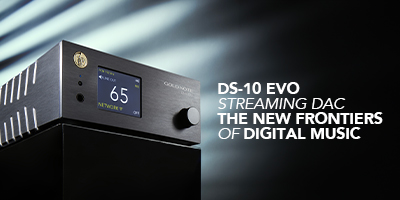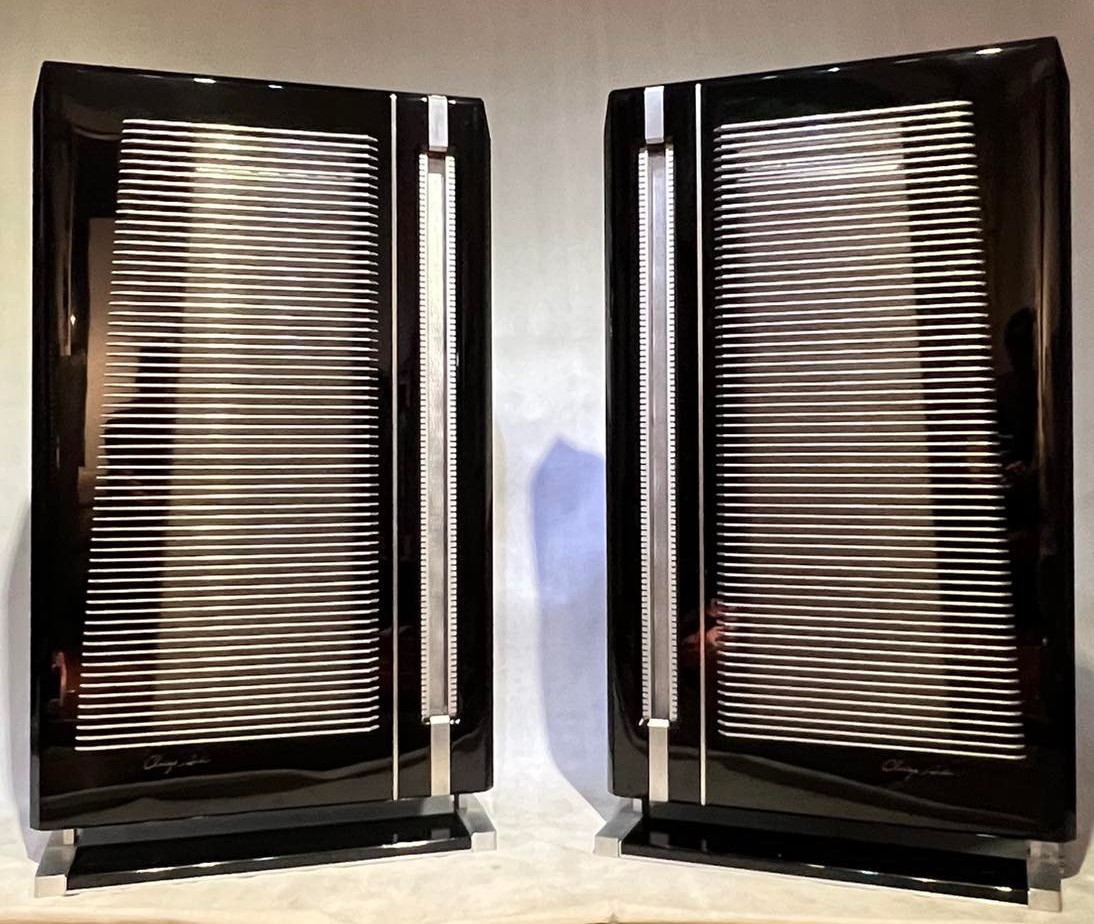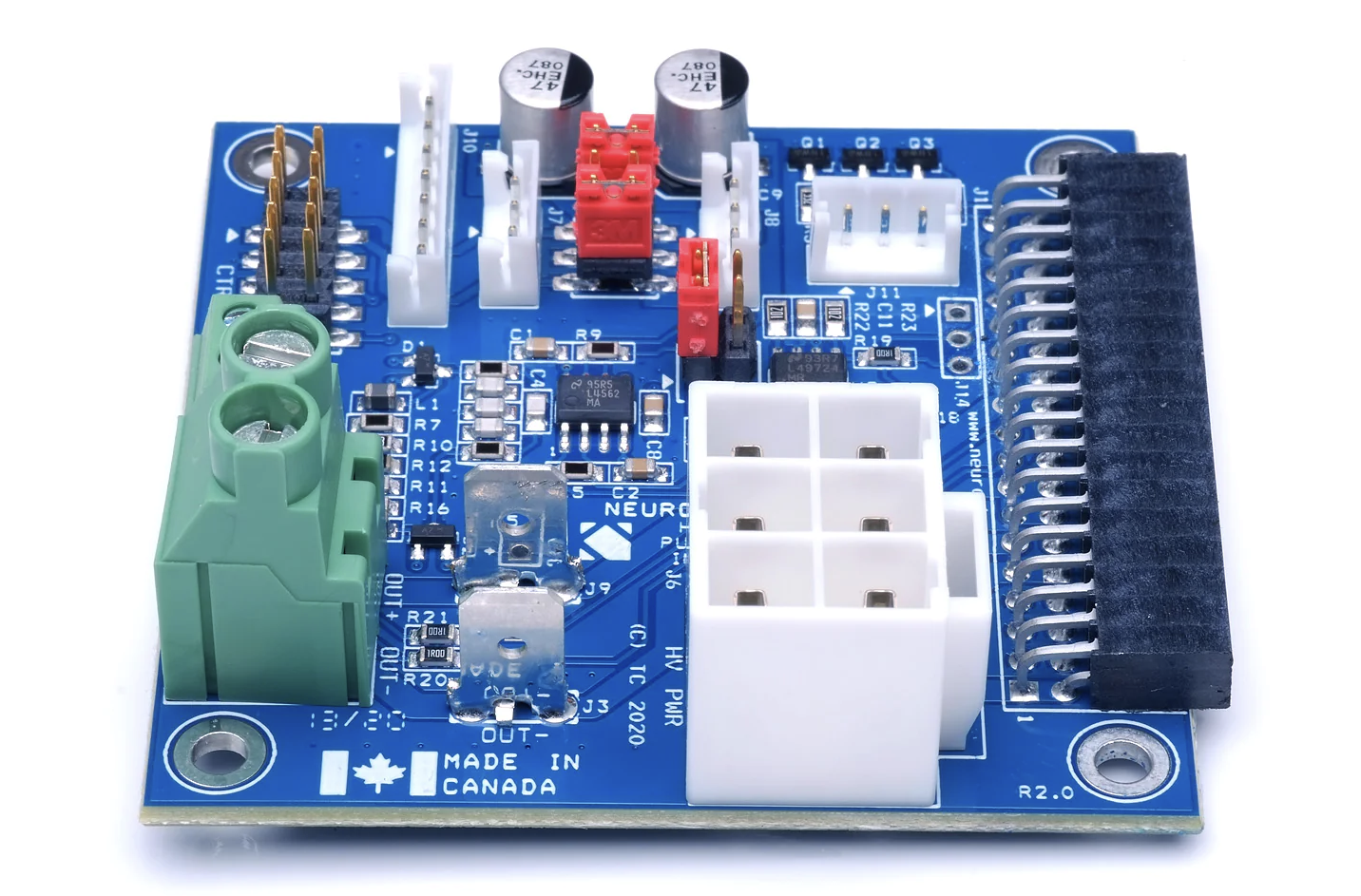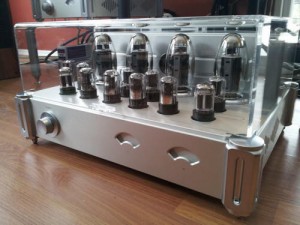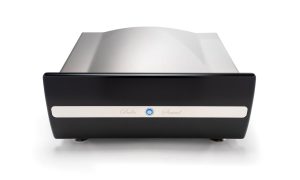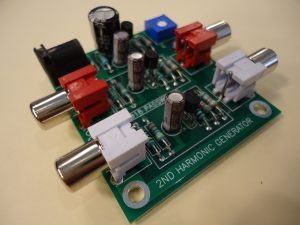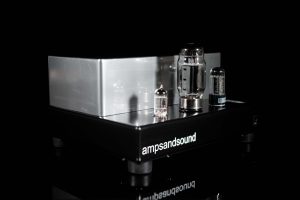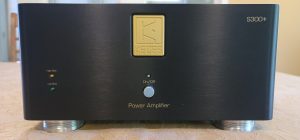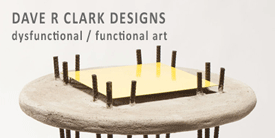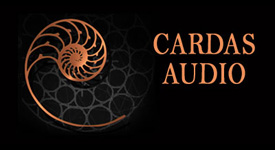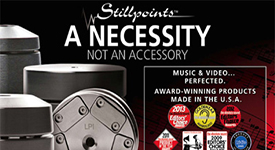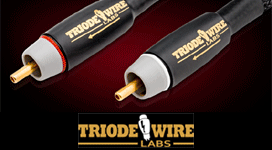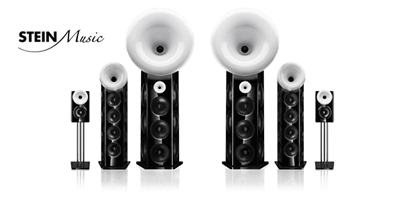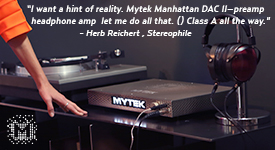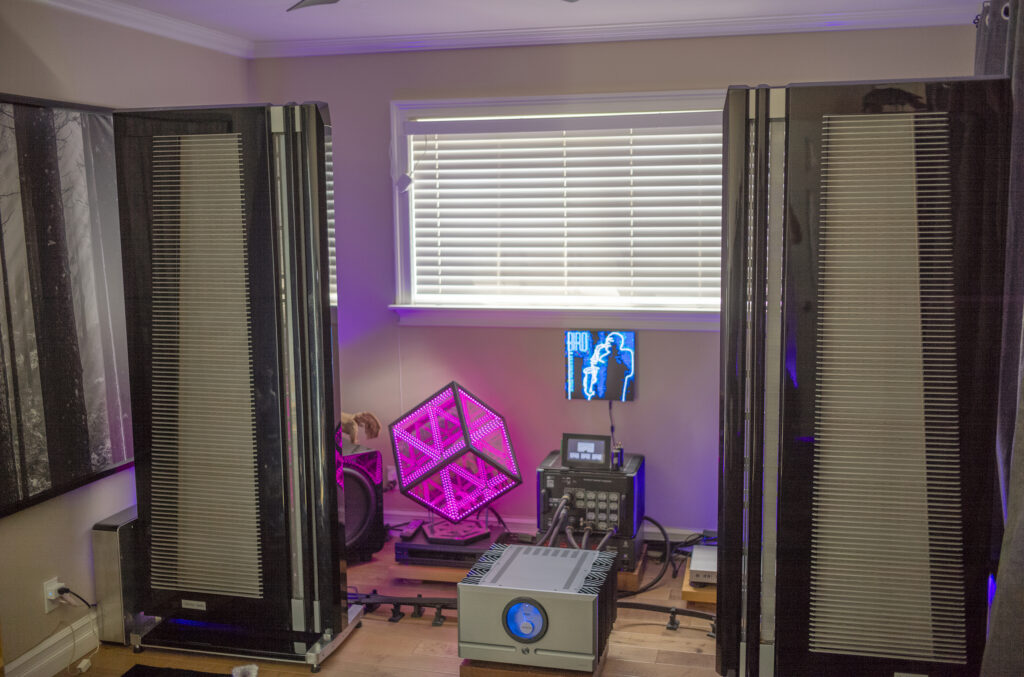
After living with a handful of Class D amps over the past few years, it's been a real joy to get back into a serious Class AB amplifier. The Pass Labs X350.8 has reminded me why these big, heavy beasts are still so special. There's simply more weight, more authority, more current on tap, and with my Clarisys Auditorium ribbons, that makes all the difference. These speakers need real control to sound their best, and the Pass delivers it in spades.
The first thing I noticed was the sense of heft in the low end. Where Class D often gave me bass that was clean but a little lightweight, the X350.8 locks in with far more grip and impact. Kick drums have real punch. Synth bass doesn't just hum along, it hits you in the chest. At the same time, the amplifier never feels bloated or slow; it just has the power to start and stop the drivers exactly when the music demands.
Moving into the midrange, the presentation feels richer and more fleshed out. Vocals have texture that I hadn't realized I was missing, and instruments carry more body. Listening to Midnight Blue from Kenny Burrell, I could hear the resonance of the guitar's wood more clearly, along with the subtle shimmer of cymbals and brushes in the background. It's music I know well, but the Pass revealed nuances that were smoothed over before.
High frequencies also gained refinement. With Radiohead, the space around Thom Yorke's voice in Pyramid Song was more apparent, and the piano's decay stretched further back into the hall. Tool's Chocolate Trip showed off the amp's dynamic chops, with quiet sections sitting in inky black silence before exploding into complex layers of percussion. The separation of instruments and effects was clearer than I've ever heard it.
On the electronic side, Aleksi Perälä's Grace 1 had new levels of detail in the delicate percussive clicks and swirling synth layers. Kiasmos' Looped benefited from the X350.8's sense of drive—the repeating pulses felt more alive, with the low frequencies pushing the track forward in a way that kept me glued to the chair. Across genres, the pattern was consistent: more presence, more space, more subtlety.
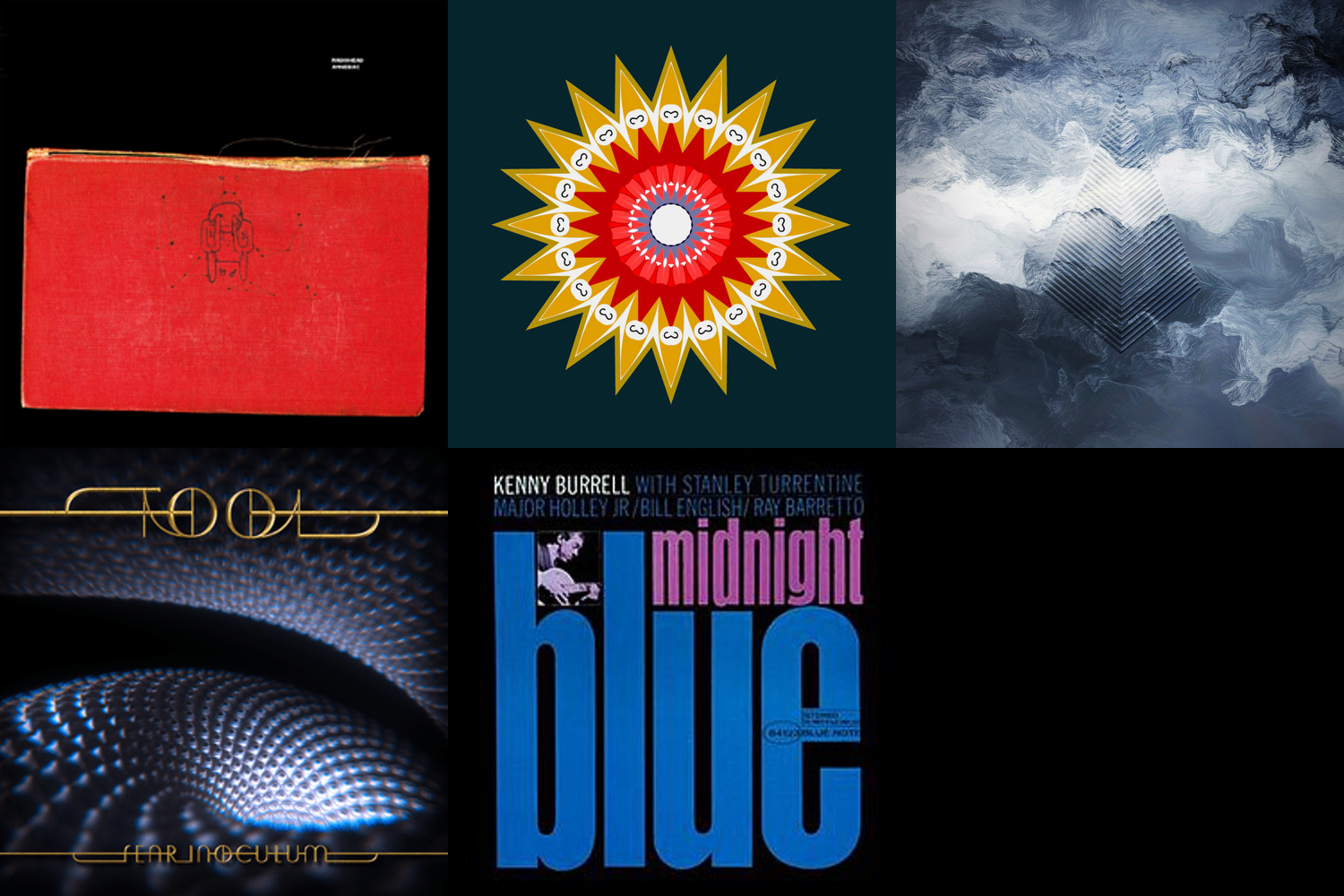
Of course, this is a big amplifier. It runs warm, it's heavy, and it isn't nearly as efficient as the Class D amps I've been using. But once you hear the control, the dynamics, and the sheer musicality, those practical concerns fade into the background. With the Clarisys ribbons, the pairing feels effortless, powerful, and complete.
Getting back into a proper Class AB amp like the Pass Labs X350.8 has been refreshing. It reminds me that, while Class D has its conveniences, there's still something about a big, traditional design that simply makes music come alive. For me, it's been like rediscovering favorite albums all over again—and that's about the best compliment I can give.
Living With the Pass Labs X350.8

One of the things that makes this amplifier so impressive is the sheer scale of its design. At roughly 127 pounds and nearly two feet deep, it feels every bit the no-nonsense, purpose-built machine. Those massive heat sinks along the sides aren't just for show; the X350.8 runs warm, biased deeply into Class A for the first handful of watts before sliding into Class AB when the power demands rise. This gives it that smooth, refined character at lower levels while still having enormous reserves of current on tap when the music swells.
Power output is rated at 350-watts per channel into 8 ohms, and it nearly doubles into 4 ohms. That spec alone tells you this amp is happiest driving speakers that like to drink power, which is exactly what my Clarisys ribbons demand. A damping factor of around 150 means bass control is firm, and it shows in real listening, low notes start and stop with precision rather than hanging around.
Internally, the X350.8 uses 72 MOSFET output devices per channel. Spreading the load across so many devices reduces stress on each one, keeping distortion low even at punishing volumes. The open-loop bandwidth runs out past 100kHz, which translates to effortless handling of transients and micro-detail. You don't hear this as "specs" so much as you feel it when cymbals shimmer naturally or when subtle reverbs trail off into blackness without grain.
The power supply is equally serious: a huge toroidal transformer backed by heavy filtering and plenty of storage capacitance. Pass increased the reservoir capacity by about 30 percent over previous designs, and it pays dividends in dynamic slam. Even with challenging material, dense electronic tracks from Aleksi Perälä or the pounding polyrhythms of Tool, the amp never feels starved or strained. It always has another gear ready to go.
Connectivity is straightforward: balanced XLR or single-ended RCA inputs, both with high input impedance, so it mates happily with a wide range of preamps. Gain is a traditional 26 dB, which in practice means you won't need heroic output voltage upstream to get it singing. I also made good use of the trigger inputs and the amplifier came alive almost instantly.
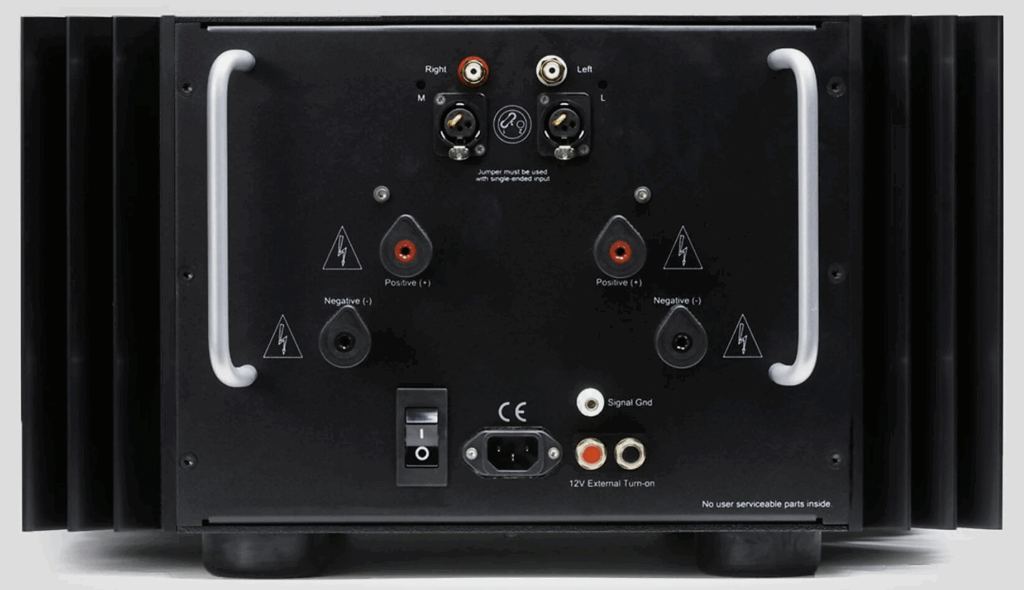
Yes, efficiency is low compared to the Class D alternatives. At idle it draws real power, and in operation it produces a steady wash of heat. But this is the trade-off: a design that prioritizes linearity, low noise, and dynamic headroom over energy savings. Once you start listening, it's hard to care about anything except how much more alive the music feels.
For audiophiles who appreciate the engineering as much as the sound, the X350.8 is a reminder that Nelson Pass still builds amplifiers the old-fashioned way: massively over-engineered, elegantly simple in circuit design, and voiced to let the music breathe. It's the kind of amp you don't just listen to, you live with it, and it earns its space in the rack. You do get an option now of Silver or Black.
X350.8 Amplifier
Retail: $16,390
Pass Labs

